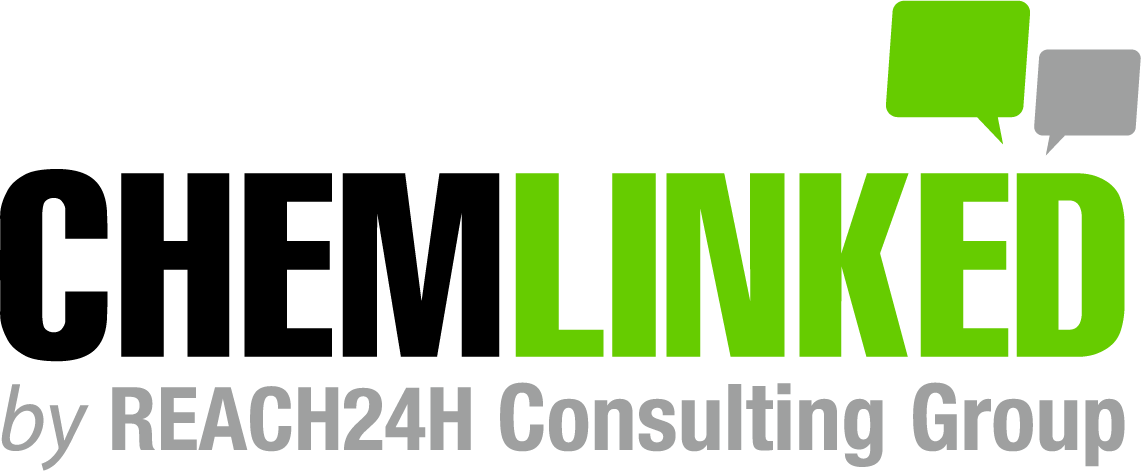On January 31, 2024, Singapore Food Agency (SFA) issued Draft Food (Amendment) Regulations 2024. Major revisions involve extending the use scope of permitted food additives, and allowing the use of new ingredients in infant formula, which is slated to come into effect in Q2 2024. Any feedback can be submitted to toh_kian_han@sfa.gov.sg before March 31, 2024.
Major Revisions
To Allow New Ingredients in Infant Formula
Under the proposed changes, SFA aims to permit the addition of 3 new ingredients to infant formula and increase the maximum allowable levels of 2 ingredients. The details are as follows:
Ingredients | Food types | Maximum use levels | Remarks |
Sodium salt of 3'-sialyllactose | Infant formula for infants of or below 6 months of age | 20 mg/100 ml | New ingredients |
Infant formula for infants above 6 but not more than 12 months of age | 15 mg/100 ml | ||
Sodium salt of 6'-sialyllactose | Infant formula for infants of or below 6 months of age | 40 mg/100 ml | |
Infant formula for infants above 6 but not more than 12 months of age | 30 mg/100 ml | ||
3-fucosyllactose (3-FL) | Infant formula | 44 mg/100 ml | |
2'-fucosyllactose (2'-FL) | Infant formula | 120 mg/100 ml → 240 mg/100 ml | Revised ingredients |
Lactose-N-tetraose (LNT) | Infant formula for infants above 6 but not more than 12 months of age | 60 mg/100 ml → 80 mg/100 ml. |
To Extend the Use of Permitted Food Additives
The SFA proposes expanding the use scope of permitted food additives in the following ways:
The use of L-theanine will be extended to salt substitutes, with a maximum permitted level of 15,000 ppm.
The use of sucralose, a permitted sweetening agent, will be extended to soybean-based beverages, with a maximum permitted level of 400 ppm.
To Revise the Permitted Forms of Steviol Glycosides
To align with Codex standards, SFA proposes replacing the current forms of steviol glycosides with the following four types:
steviol glycosides from Stevia rebaudiana Bertoni (steviol glycosides from Stevia);
steviol glycosides from fermentation;
enzymatically produced steviol glycosides (including steviol glycosides produced using the enzyme uridine triphosphate (UTP)-glucose-1-phosphate uridyltransferase (EC 2.7.7.9) from the source organism Bifidobacterium bifidum;
glucosylated steviol glycosides;





 We provide full-scale global food market entry services (including product registration, ingredient review, regulatory consultation, customized training, market research, branding strategy). Please contact us to discuss how we can help you by
We provide full-scale global food market entry services (including product registration, ingredient review, regulatory consultation, customized training, market research, branding strategy). Please contact us to discuss how we can help you by 










